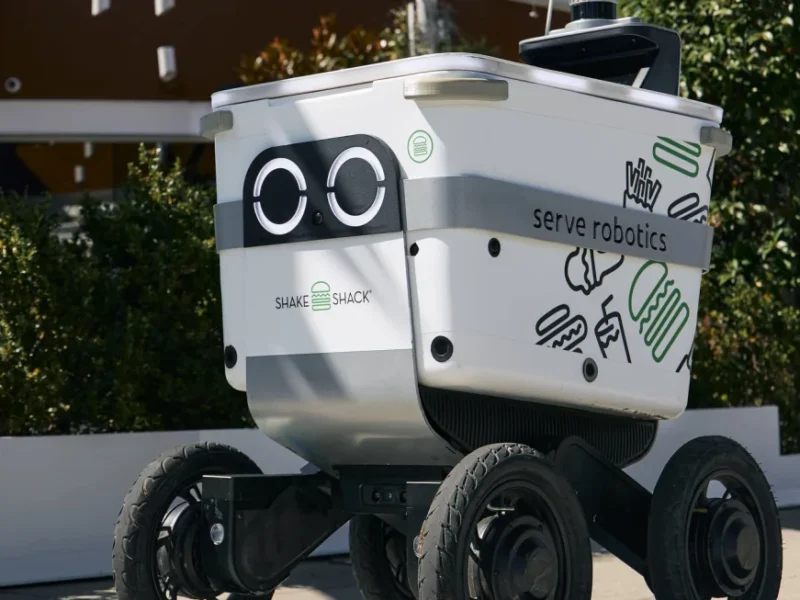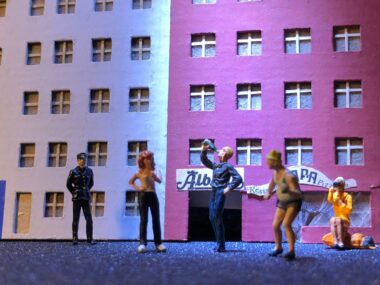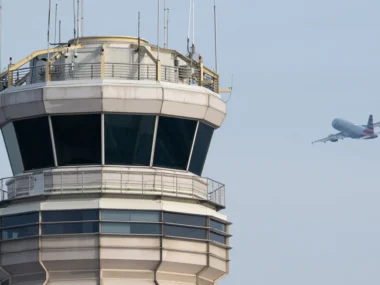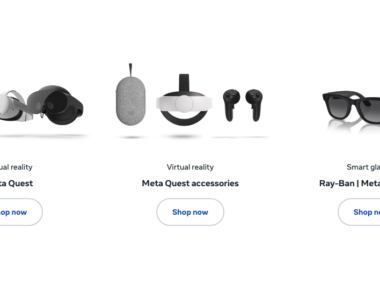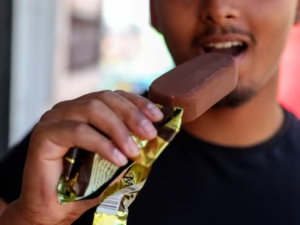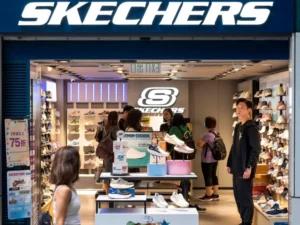Shake Shack customers in Los Angeles might receive their next burger via a small, four-wheeled robot. The fast-casual burger chain partnered with Serve Robotics to deliver meals through autonomous robots via Uber Eats. These robots, which resemble shopping carts, travel on sidewalks.
Serve Robotics, originally a part of Postmates, became independent after Uber acquired Postmates and spun off Serve in 2021. Serve went public in April 2024 and has investors like Nvidia and 7-Eleven. After the partnership was announced, Serve’s stock rose nearly 10%. These robots have been delivering food from Los Angeles restaurants through Uber Eats since 2022. According to cofounder and CEO Ali Kashani, robots are ideal for short-distance deliveries, usually covering about a mile. Kashani also highlighted that these robots are better suited for urban environments than driverless cars, helping to reduce congestion, emissions, accidents, and delivery costs for merchants.
As labor costs rise, consumers face higher dining prices. Serve Robotics claims its robots boost efficiency and reduce costs. “And there’s no need to tip the robot!” the Shake Shack delivery press release added.
Investors remain enthusiastic, but challenges persist.
Restaurants, delivery services, and retailers are increasingly investing in automation, including drones, self-driving cars, and robots. Uber Eats, in its second attempt at robot delivery, previously partnered with Cartken for robot deliveries in Miami (2022) and Fairfax, Virginia (2023). However, despite support from major companies like Amazon and Walmart, drone deliveries haven’t fully replaced human labor. The same is true for robot deliveries, as seen with Domino’s 2021 attempt, which still relies on human drivers.
Despite these challenges, companies and investors remain eager to explore automation. Serve Robotics aims to capitalize on this trend, with plans to deploy 2,000 robots on Uber Eats by 2025. As of their latest earnings report, Serve had an average of 48 robots making daily deliveries in the quarter ending June 30, up from 23 in the same period in 2023, with a total fleet of 100 robots.

Serve Robotics’ delivery robot transporting a Shake Shack order.
Kashani noted that cities like Los Angeles pose a “challenging environment” due to crowded, tourist-filled sidewalks, increasing the risk of items being stolen from the delivery robots. Despite this, Serve’s robots successfully complete deliveries over 99% of the time. The company is also exploring expansion into Dallas, San Diego, and Vancouver, Canada.

